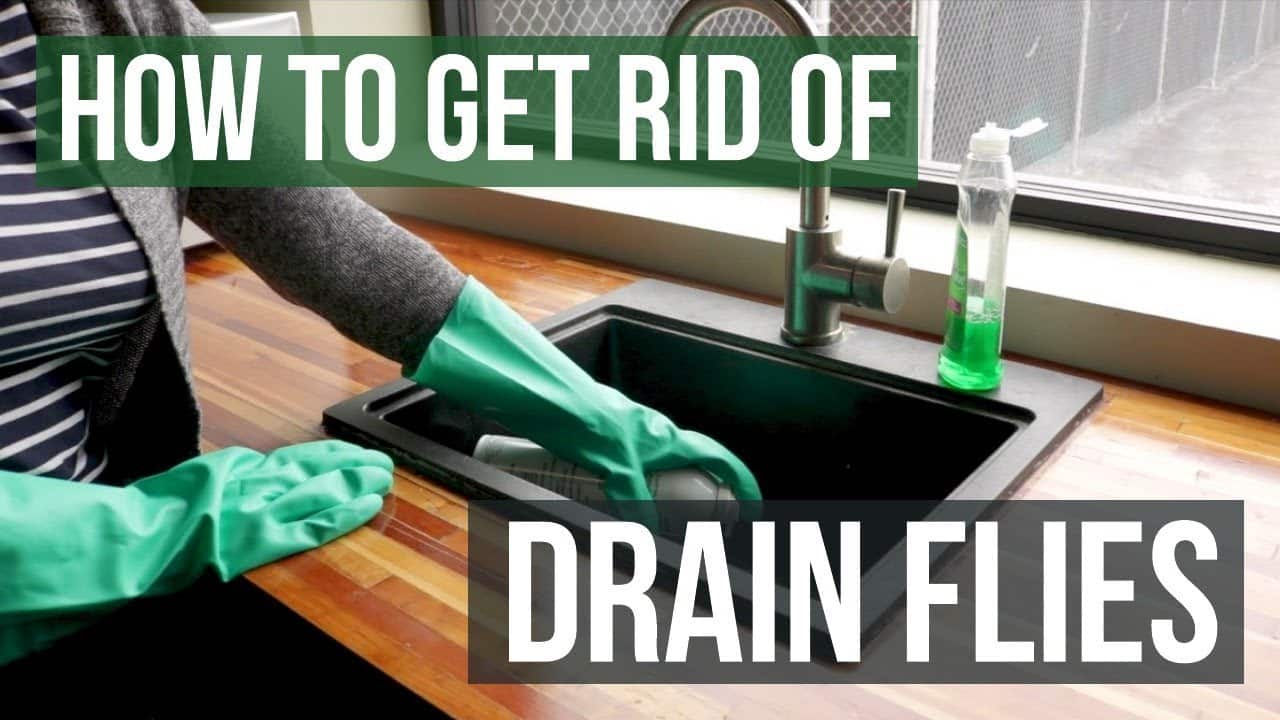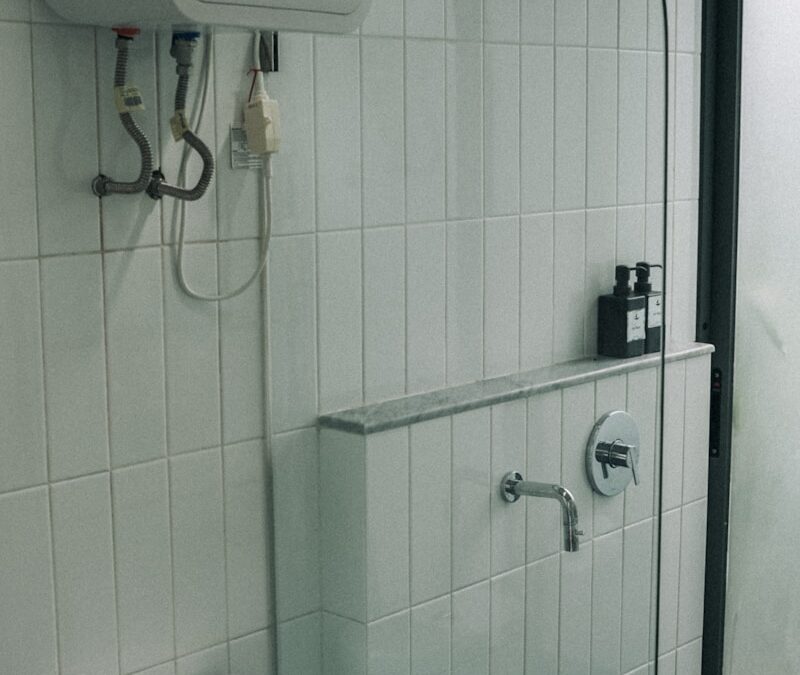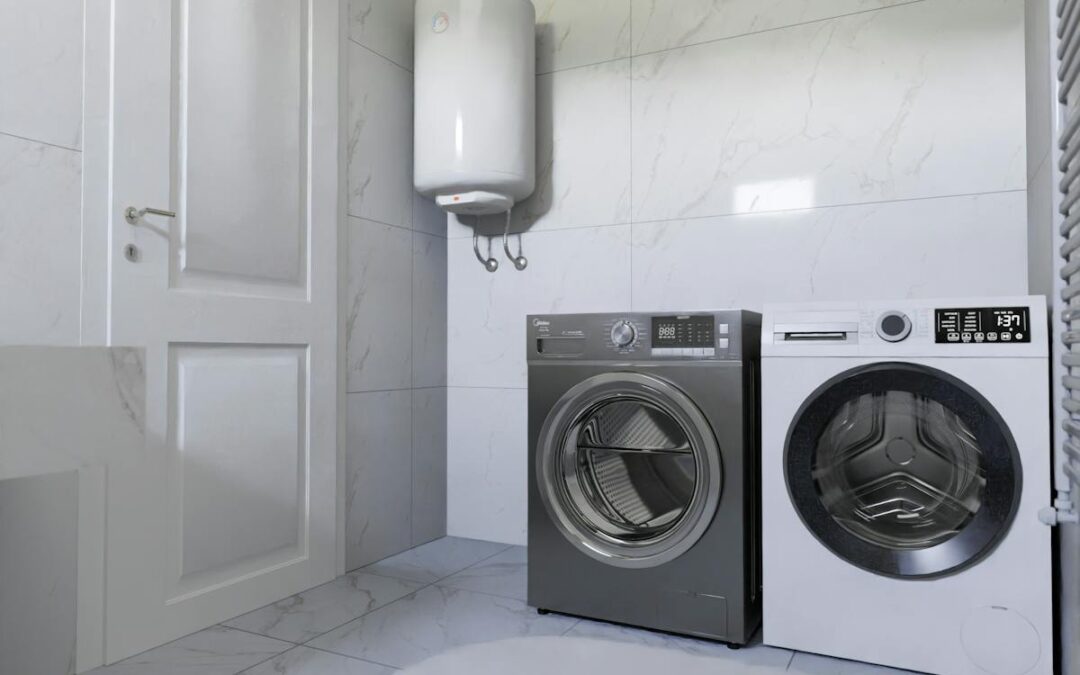Do you know how to get rid of drain flies?
Drain flies, also called sewer flies or filter flies, are tiny pests that can become a big nuisance in your home. Often mistaken for fruit flies, these fuzzy little insects are drawn to moist environments and stagnant water, making your kitchen, bathroom, or laundry room a perfect breeding ground. Left untreated, a minor infestation of drain flies can spiral into a much bigger problem, with these pesky insects laying eggs in the organic matter trapped in your pipes or drains.
If drain flies are taking over your house and you’re looking for effective ways to eliminate them, you’re in the right place. This guide includes easy-to-follow steps, DIY treatments, and professional tips to remove these pests and keep them from coming back!
Schedule Service Online
Get a free estimate so you know what you're signing up for
"*" indicates required fields
For Emergency Services Call: 410-255-9300
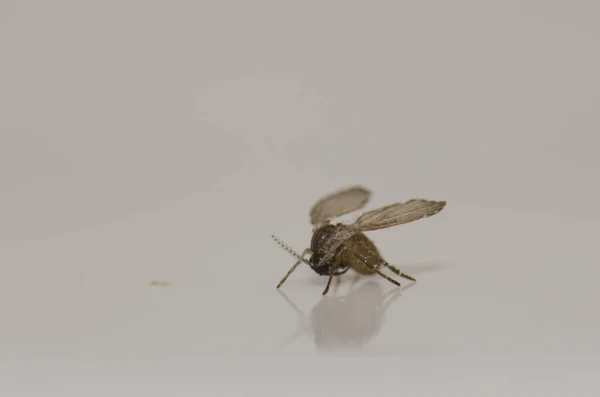
What Exactly Are Drain Flies?
Before jumping into elimination methods, it’s essential to know what you’re dealing with. Drain flies, despite their name, aren’t particularly skilled at flying. They thrive in moist environments like sink pipes, drains, septic tanks, and any area with standing water. These flies breed in the organic matter and food debris collected in pipes and water traps, laying eggs that hatch into larvae and perpetuate the infestation.
Unlike fruit flies, which are attracted to decaying fruit, drain flies are more likely to invade areas with stagnant water and a buildup of organic material. Identifying these breeding sites is the first step to resolving a drain fly infestation effectively.
Drain flies breed in areas with stagnant water or organic debris, making drains, garbage disposals, and septic tanks their ideal habitats. While these insects are not known to bite or spread diseases, their presence can be a nuisance and may signal underlying drain or plumbing issues. Detecting and addressing drain fly infestations promptly is essential to maintain a clean and pest-free home environment.
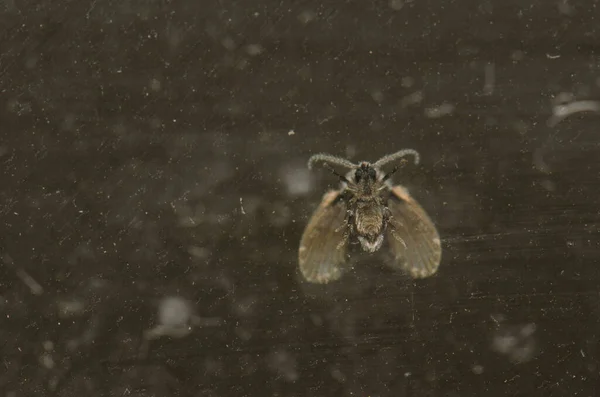
Why Is It Important to Get Rid of Drain Flies?
While drain flies may seem harmless, allowing them to linger in your home can lead to various problems. Here are some key reasons why it is crucial to address a drain fly infestation promptly:
Hygiene Concerns
Although drain flies do not bite or transmit diseases, they thrive in unsanitary environments such as drains, sewage, and decaying organic matter. Their constant presence around these areas can contribute to an unpleasant atmosphere and raise concerns about overall cleanliness and hygiene in your home.
Infestation Growth
Drain flies can multiply quickly under favorable conditions, leading to a severe infestation. Ignoring a small number of flies can result in a larger issue over time, making it more challenging and time-consuming to eliminate them.
Potential Plumbing Issues
Drain fly infestations often indicate underlying problems in your plumbing or drainage system. Excessive moisture, clogs, or standing water in pipes provide the perfect breeding grounds for these pests. Addressing the infestation can help uncover and resolve plumbing issues before they escalate.
Nuisance Factor
The persistent presence of drain flies hovering around sinks, showers, or drains can be irritating and disrupt the comfort of your living space. Their fuzzy, moth-like appearance may also be unappealing to many homeowners, especially when guests are present.
Prevention of Future Infestations
By promptly tackling a drain fly problem, you can eliminate any conditions that may attract them in the future. Regular maintenance and prevention reduce the likelihood of recurring infestations, ensuring a cleaner and more enjoyable home environment.
Taking swift and effective action to get rid of drain flies ensures that your home remains clean, pest-free, and comfortable for you and your family.

Signs You Have a Drain Fly Infestation
Identifying the presence of drain flies early can help you take action before the problem worsens. Here are some common signs to watch for:
- Adult Flies Around Drains: One of the most noticeable signs of a drain fly infestation is spotting small, moth-like flies hovering near drains, sinks, or showers. These insects are often active during the evening and may rest on walls or ceilings near damp areas.
- Slow or Clogged Drains: Drain flies thrive in stagnant water and organic material buildup. If you notice water draining slower than usual or recurring clogs in your pipes, it could indicate that the environment in your plumbing has become conducive to their breeding.
- Larvae in Drains: A closer inspection may reveal tiny larvae in the drain or near areas where water collects. These larvae, often pale and slimy in appearance, are a strong indicator of drain fly activity.
- Unpleasant Odors: A foul smell emanating from your drains may suggest a buildup of organic debris, which is an ideal habitat for drain fly larvae. This odor often accompanies other signs of infestation, making it an important clue.
By being vigilant for these warning signs, you can address a drain fly problem early and prevent it from becoming a persistent nuisance in your home.
How to Get Rid of Drain Flies
Here’s a step-by-step breakdown of methods that work to kill drain flies and prevent future infestations.
Clean Your Drains Thoroughly
Drain flies lay their eggs in organic matter stuck in pipes. Cleaning the drains is essential to eliminating drain flies and their eggs.
- Start by flushing the pipes with hot water or pouring boiling water down the affected drains to loosen the buildup.
- Use a drain brush or pipe brush to scrub away the debris and organic matter clinging to the pipe walls.
- Follow up with a mixture of baking soda and vinegar—pour one cup of baking soda down the drain, followed by one cup of vinegar. The chemical reaction will break down stubborn buildup.
Trap the Flies
If you spot adult drain flies lingering around, trapping them is a quick way to reduce the infestation.
- Set up an apple cider vinegar trap by pouring vinegar into a bowl. Add a few drops of dish soap to break the surface tension and drown the flies attracted to the smell.
- Alternatively, cover the drain with plastic wrap and poke small holes into it. The flies will crawl through the holes and become trapped beneath the plastic wrap.
Use Targeted Treatments for Stubborn Infestations
For major or ongoing drain fly problems, targeted treatments might be necessary.
- Pour a few drops of biodegradable drain cleaners into the affected drains. These solutions are designed to eliminate the organic buildup without damaging your pipes.
- Avoid harsh chemical solutions unless absolutely necessary, as they can be harmful to septic tanks and cause long-term pipe damage.
Flush Your Drains Regularly
Even after removing the infestation, flush your drains weekly using boiling water or a baking soda and vinegar solution. This is a simple and effective way to prevent the organic buildup that drain flies are attracted to from forming again.
Identify Breeding Grounds Beyond the Drain
Drain flies don’t just haunt sinks and pipes! Look for stagnant water in other moist environments around the house. Common breeding grounds include pet water bowls, dish racks with water buildup, and bathroom corners where water collects. Remove standing water and clean these areas thoroughly.
Call for Professional Help if Needed
Sometimes, drain fly infestations can spread into hard-to-reach areas like septic tanks or deep within your plumbing system. If your DIY efforts don’t resolve the issue, calling a pest control expert or plumber can save you time and frustration.
Prevent Future Infestations
Once you’ve successfully eliminated drain flies, preventing them from coming back is essential. Here’s how to keep your house pest-free in the long run.
- Keep Drains Clean: Regularly clean your sinks and pipes to prevent food debris and organic matter from building up.
- Fix Leaks: Repair any leaky pipes or faucets that create inviting moist environments.
- Remove Standing Water: Frequently empty and clean anything that collects water, including mop buckets or planters.
- Use Drain Screens: Place screens over your drains to catch debris and stop insects from entering.
By taking a proactive approach, you can avoid the inconvenience of dealing with another drain fly infestation.
When to Use Chemical Treatments
Chemical solutions should always be a last resort when dealing with a drain fly problem due to the potential harm they cause to your pipes and the environment. Most chemical drain cleaners effectively kill drain flies, but they can also damage septic tanks and underground plumbing systems. If you opt for a chemical treatment, ensure it’s designed explicitly for eliminating drain flies and follow the instructions carefully.
Helpful Resources and Links
Here are six valuable resources to help further your understanding of drain flies and plumbing issues, as well as how to keep your home pest-free and your plumbing in top condition:
EPA Guide on Household Pest Management
This comprehensive guide from the Environmental Protection Agency offers tips and strategies for managing household pests like drain flies safely and effectively.
https://www.epa.gov/safepestcontrol
Plumbing Basics from the American Society of Plumbing Engineers
https://www.aspe.org/plumbing-basics/
Learn the fundamentals of plumbing systems to better understand how to maintain and troubleshoot issues in your home.
CDC Resources on Mold Prevention
https://www.cdc.gov/mold/default.htm
Since drain flies thrive in environments with organic buildup, this resource offers valuable information on preventing such conditions in your home.
Drain Cleaning Tips by Family Handyman
https://www.familyhandyman.com/project/how-to-clean-out-a-drain/
Discover practical DIY tips on keeping your drains clean and free of debris to discourage drain fly infestations.
National Pest Management Association Pest Encyclopedia
https://www.pestworld.org/pest-guide/
This encyclopedia provides in-depth profiles on various pests, including drain flies, and offers guidance on control measures.
https://www.mdsewerandplumbing.com
Our website features detailed information on professional services, prevention tips, and support to address your plumbing and pest concerns with ease.
By leveraging these resources, you can stay informed and take a proactive approach to managing both plumbing and potential pest issues.

MD Sewer and Plumbing Can Safely and Effectively Eliminate Drain Flies
At MD Sewer and Plumbing, we specialize in identifying and eradicating drain fly infestations using safe, efficient, and proven methods. Our experienced team begins with a comprehensive inspection to locate breeding grounds, ensuring no detail is overlooked.
Additionally, we provide expert guidance on preventive measures to keep your drains clean and resistant to future infestations. With MD Sewer and Plumbing, you can trust that your drain fly problem will be resolved quickly and professionally, allowing you to enjoy a pest-free home.
Final Thoughts
Drain flies may be annoying, but they’re also manageable with the right approach. By cleaning drains, setting traps, and regularly maintaining your house’s plumbing, you can eliminate these pests and prevent future infestations.
If a drain fly infestation is giving you a headache, start by trying these simple DIY fixes. And remember, when all else fails, consulting a professional for targeted treatments can offer peace of mind.
Say goodbye to drain flies and hello to a cleaner, fresher home!

